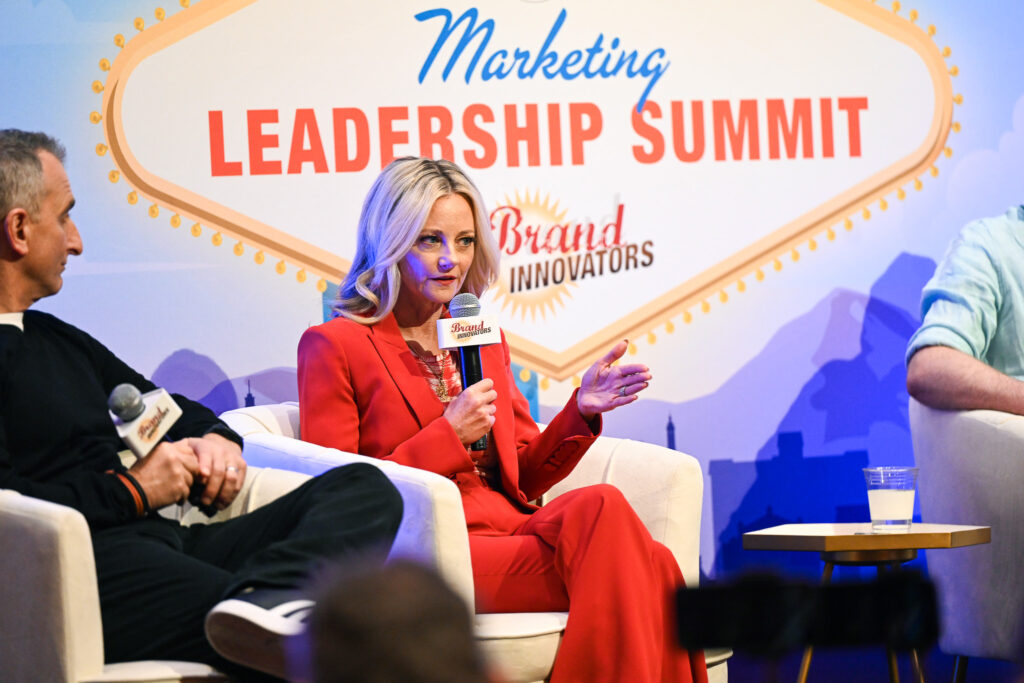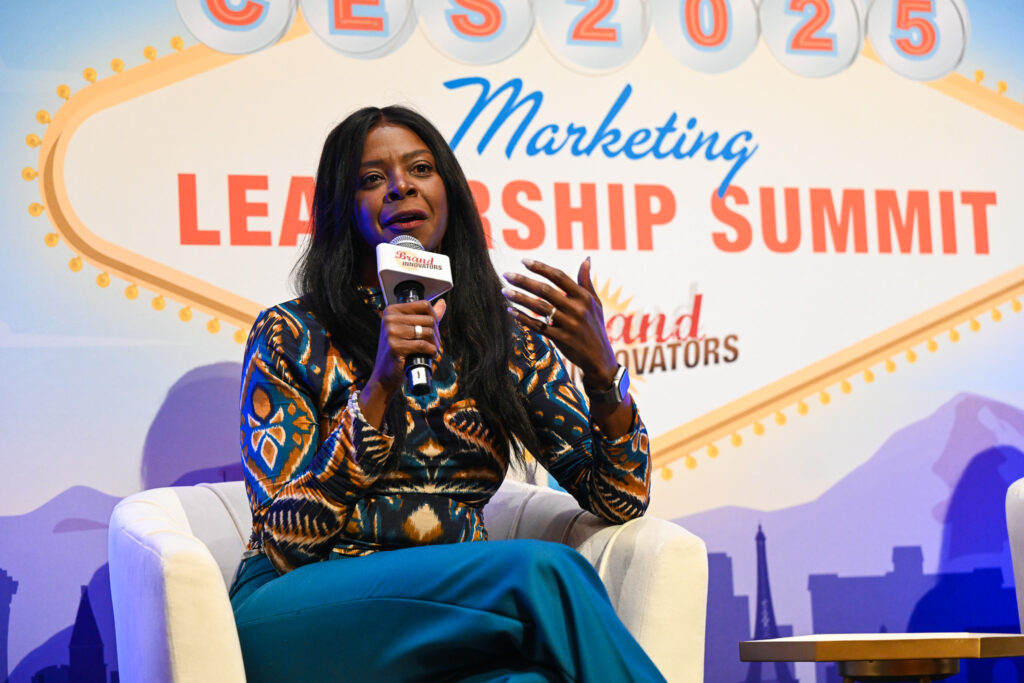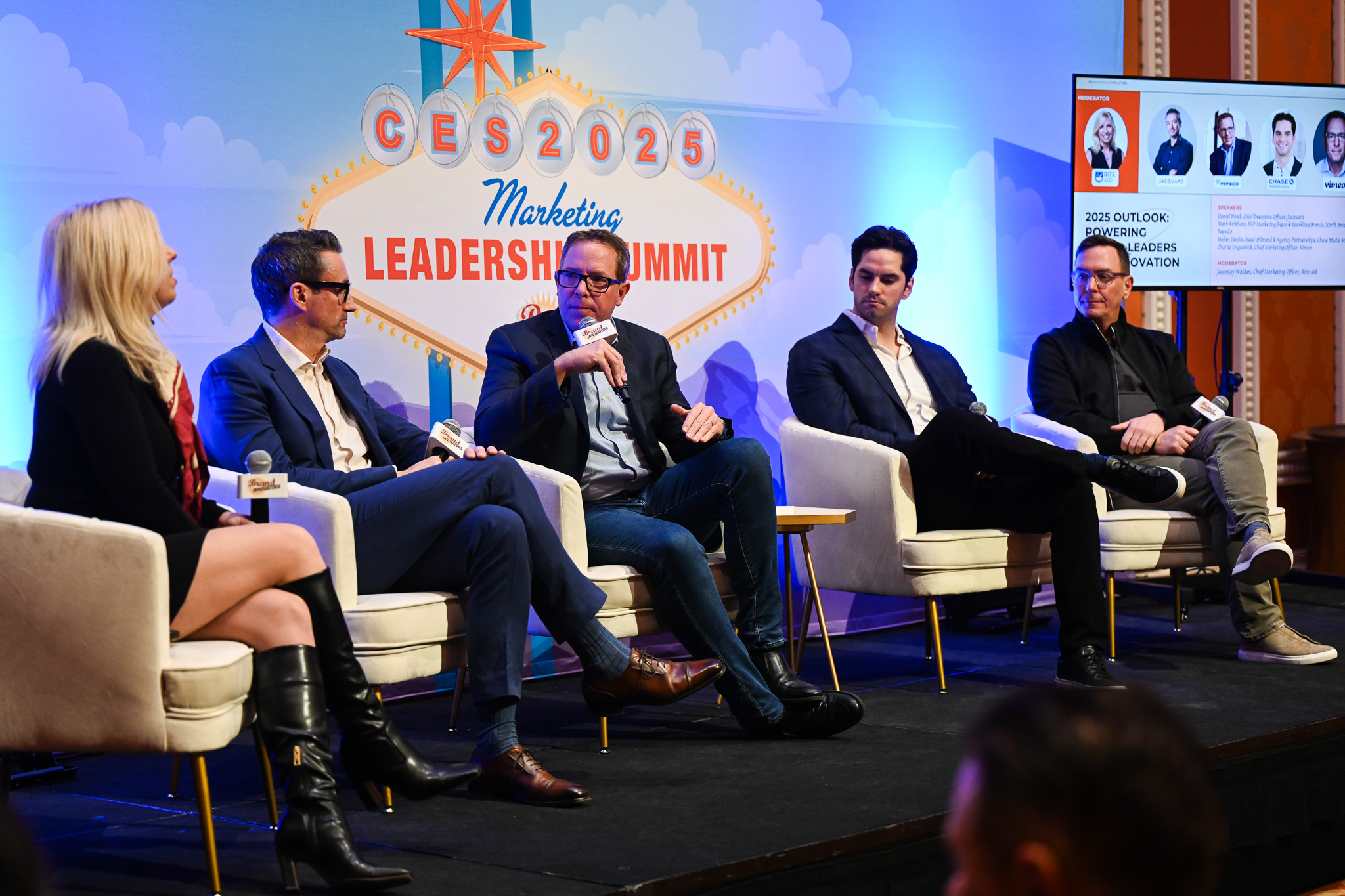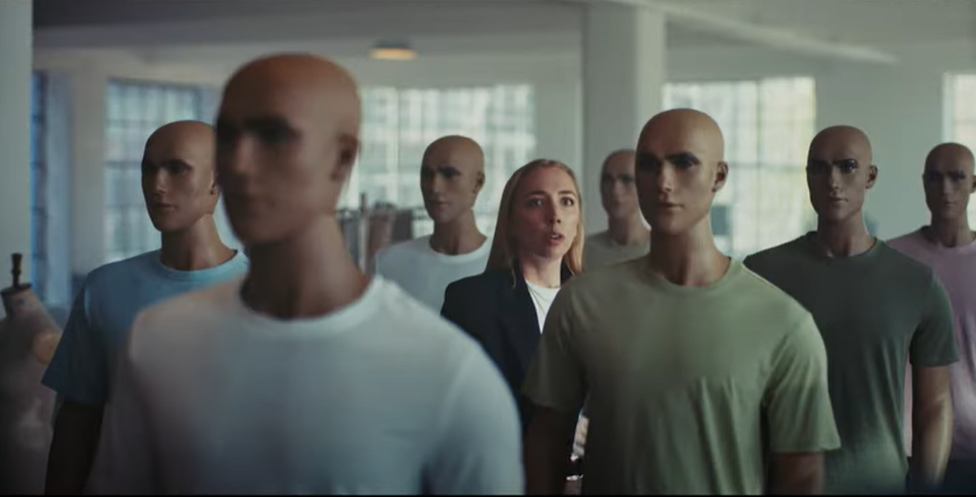Marketers from leading brands from beverage to tech gathered in Las Vegas last week for CES to show off the latest technology.
Brand Innovators hosted a Marketing Innovation Summit at The Wynn where marketing leaders talked about their plans for 2025. Conversations centered around AI, engagement, measurement and risk taking.
“What is really important is transparency,” said Mark Kirkham, SVP marketing Pepsi & Sparkling Brands, North America, PepsiCo on the stage. “To trust the technology or to trust the partner or the solution, you need to understand what it does and there needs to be a level of transparency of what it does that also gets into brand safety and all of the other issues that we all are worried about particularly when it comes to generative AI. This level of transparency to not just understand what you do but more importantly what you don’t do and what you measure and what you don’t measure. I don’t think it is clear what everyone does. Everyone does AI but what do they really do?”
Raja Rajamannar, chief marketing and communications officer at Mastercard also spoke at the event. He highlighted the next growth of agentic AI in which takes care of everything—from providing recommendations to executing tasks on your behalf. He also talked about the “myth” of loyalty and the need for brands to focus on engagement.
“I’ve got American Airlines, I’ve got United Airlines, I’ve got Delta, and I’ve got Emirates Airlines. I’ve got four loyalty programs. Who am I loyal to? I’m not,” he said. “So I think that’s why marketing has to really think about how the concept of engagement is critical. The concept of consumer stickiness is critical, but we need to understand, it is about creating a preference in the consumer’s mind at every point of interaction, as opposed to running these vague loyalty programs and expecting that people will be loyal to your brand.”

In another session, Alicia Tillman, chief marketing officer at Delta, shared the importance of measurement to prove the case for marketing to the C-suite. “If I can’t demonstrate how every part of that dollar is working for us, then it seems like a nice thing to have, to put the brand on a big event, but it’s not really moving our business,” said Tillman.
She shared how the brand worked with Alembic and WndrCo during The Olympics to track the effectiveness of advertising investment. “From a brand perspective, to drive perception, eyeballs on the brand, I was able to show how every single dollar we spent actually converted into cash sales for Delta, and this was not insignificant numbers at all,” she added. “And we were able to do that in real time.That is unprecedented, and nothing that I have ever seen in 25 years.”
L Jasmine Kim, head, health marketing at Samsung, was also on the Brand Innovators stage at CES. She spoke about the importance of shaking things up when it comes to creativity.
“There will be consistency in our desire and commitment to being provocative and disruptive in a good way, right? Because we see our role as like shaking people out in a good way, opening up to new and exciting things from the technology space, from the cultural space. I would say we will continue doing more with our communities and bringing more into our community. So the work with influencers, creators, will be key.”

Aligning with values will continue to be important in 2025, even if it comes with risks. Patagonia is infamous for their Black Friday campaign. “We actually close our stores that day and we tell people to get outside and do something else besides fight each other for stuff, a discount that’ll end up in a landfill a year later,” said Angela Clark, vice president digital studio at Patagonia, on stage.
This year, the company’s CEO challenged the teams to quiet everything digitally too, “literally every dollar on our brand message for Black Friday,” added Clark. “Which was basically, we’re here, we fight for positive causes. That’s what we’re about. Hopefully you’ll be part of our community. It was not a sales pitch. It was a risk. Black Friday is still a big revenue day for us, even though we’re not on sale. It actually really worked for us. We had the biggest Black Friday we’ve ever had.”
Patrick O’Keefe, chief integrated marketing officer at e.l.f. Beauty has found that speed and accessibility are key factors in the brand’s viral successes. “Our executive team, our CEO, our CMO, our CFO. They do Twitch Lives.They do TikTok lives. They get deep with the community,” he explained. These kinds of direct connections – along with narratives that inspire girls – have helped drive growth and brand love. “We are bold disruptors with a kind heart,” he said. We disrupt norms, we shape culture, and we connect communities.”
Whether it is disruption in channel, a strong narrative or a willingness to take risks, leading CMOs are not just focused on the tech, but on how brands show up in the world.




